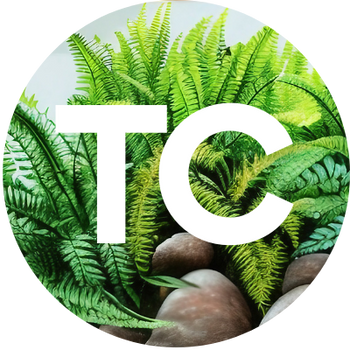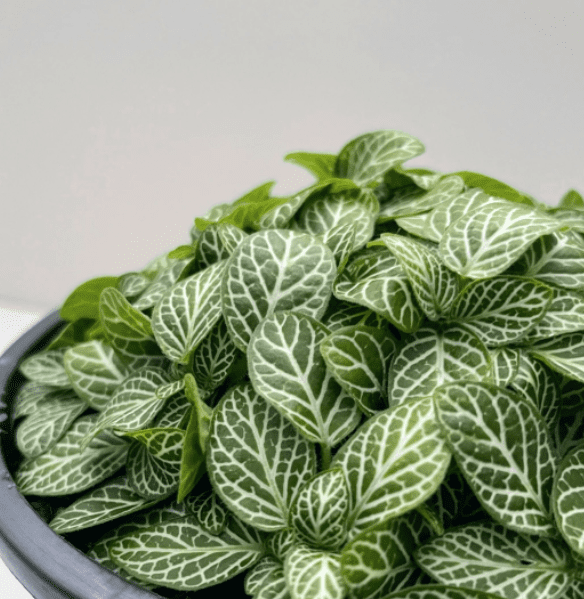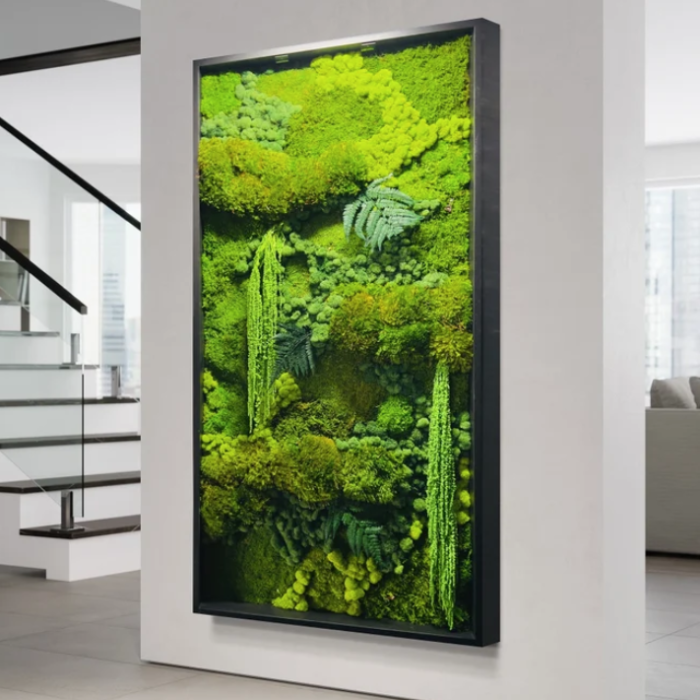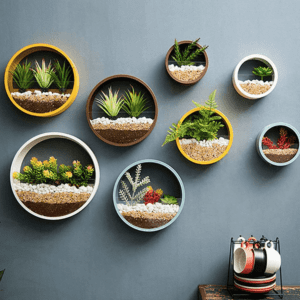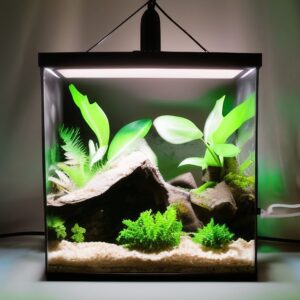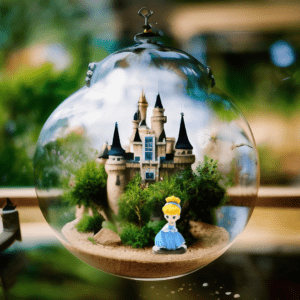Fittonia – Caring for Fittonia in Terrariums
Fittonia is a tropical plant that can be grown as a houseplant in terrariums. It has beautiful leaves with red, white, or pink veins. Fittonia likes high humidity and bright, indirect light.
Plant Family: Fittonia is a tropical plant that is in the Acanthaceae family.
Common Names: Fittonia is also sometimes called “nerve plant” because of the red, white, or pink veins on its leaves.
Origin: Fittonia is a tropical plant that is native to Central and South America.
Flowering: Fittonia does not typically flower, but if it does, the flowers are small and white.
Height and Growth: Fittonia typically grows 10-12 inches tall, with a growth rate of about 1 inch per month.
Temperature: The temperature range for keeping Fittonia in terrariums is 18-30 degrees Celsius (64-86 degrees Fahrenheit).
Humidity: Fittonia needs high humidity to grow well in a terrarium. The most suitable humidity range is 50-90%.
Growing Medium: Fittonia needs a well-drained soil mix that is high in organic matter. A soil mix that is 50% potting soil and 50% perlite or vermiculite will work well. Fittonia needs a fertilizer that is high in nitrogen. A water-soluble fertilizer should be used every two weeks during the growing season (spring and summer).
Soil pH: Fittonia needs a soil pH that is 6.0-7.5 for best growth.
Lighting Requirements: Fittonia needs bright, indirect light to grow well in a terrarium. The most suitable lighting range is 2,000-5,000 lux.
Watering Requirements: Fittonia needs to be watered regularly, but not too much. The soil should be kept moist, but not wet. A water-soluble fertilizer should be used every two weeks during the growing season (spring and summer).
Propagation: Fittonia can be propagated by rooting stem cuttings. To root a stem cutting, take a stem that is about 4-6 inches long and cut it just below a node (the point where a leaf meets the stem). Dip the cut end of the stem into a rooting hormone and then plant it in moist soil. The soil should be kept moist until the cutting has rooted. It will take about 2-4 weeks for the cutting to root. Once it has rooted, you can transplant it into a terrarium.
Common Problems: The most common problems that can occur when growing Fittonia in a terrarium are overwatering and underwatering. Fittonia needs to be watered regularly, but not too much. The soil should be kept moist, but not wet. If
the soil is too wet, the roots will rot. If the soil is too dry, the leaves will wilt and the plant will stop growing. Another common problem is poor drainage. Fittonia needs a well-drained soil mix to grow well. If the soil mix is too heavy or doesn’t drain well, the roots will rot.
Toxicity: Fittonia is not toxic to humans or animals. However, the sap from the leaves can cause skin irritation in some people. If you are sensitive to the sap, it is best to wear gloves when handling the plant.
Where to Buy: Fittonia can be purchased online or at a local garden nursery. When looking online, there are three great places to search: Amazon, Etsy, and eBay. All three websites offer a wide variety of plants for sale. You can also find Fittonia at your local garden nursery. Check the nursery’s website or call ahead to see if they have Fittonia in stock.
Looking for more terrarium plant ideas? Check out our Terrarium Plant Library >
